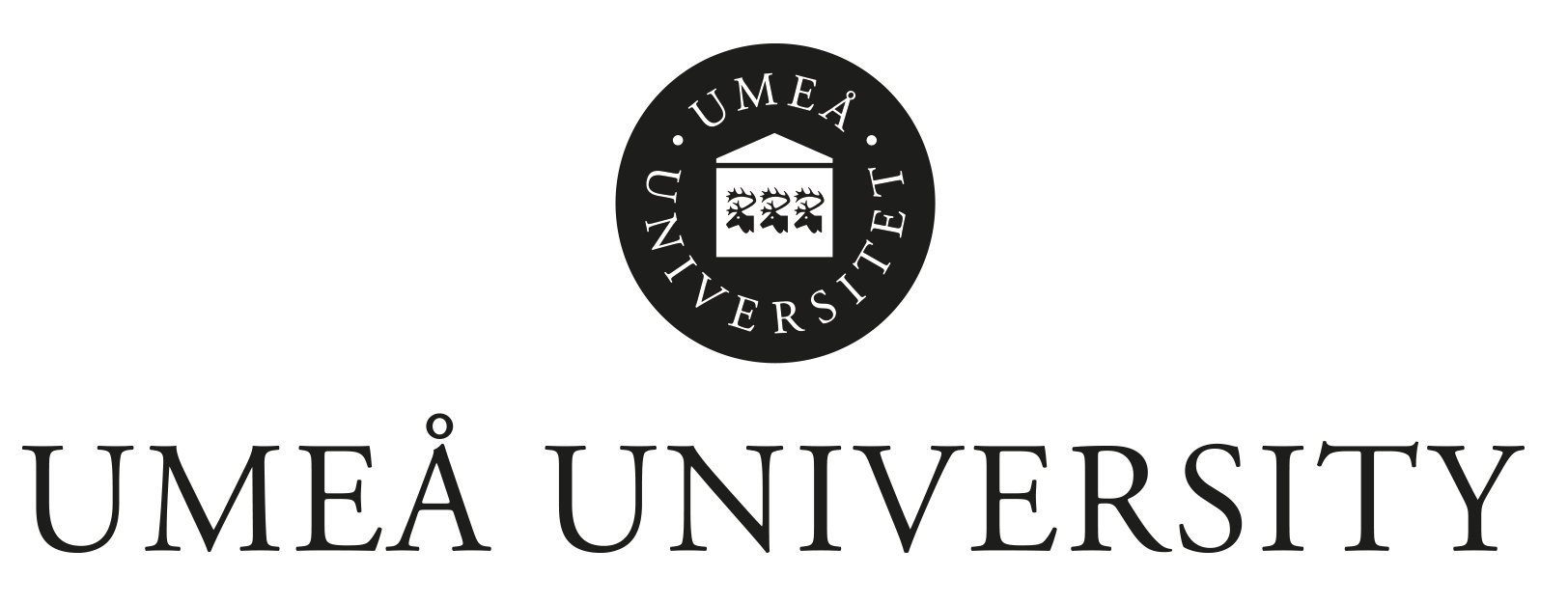UmArts hosts interdisciplinary postdoctoral research fellows based at Umeå Academy of Fine Arts, Umeå School of Architecture (UMA), Umeå Institute of Design (UID), Department of Creative Studies in Education, and the Bildmuseet contemporary art museum. In partnership with departments across the university including: Law, Informatics, Molecular Biology, and the WASP-HS Art and AI research project. The postdocs are a central part of the UmArts research environment developing new art, architecture, design, music and maker craft practices that generate a critical and creative discourse within the public realm.
2025 Postdoc in AI & Spatial Analysis in the Arctic Context
Michel Rouleau-Dick is the new TAIGA/UmArts Postdoctoral Research Fellow in Artificial Intelligence and Spatial Analysis based in the Department of Law and Umeå School of Architecture. The postdoctoral fellowship is supported by the Centre for Transdisciplinary AI (TAIGA).
2024-2026 Postdocs in Art and AI
In January 2024 UmArts welcomed three new Postdoctoral researchers in partnership with four departments who are all part of the Art and AI Working Group at UmArts. Michael Lukaszuk is Postdoctoral Research Fellow in Media Arts at the Department of Creative Studies in partnership with the Department of Informatics. Daniel Shanken at Umeå School of Architecture and Yong Suk Lee at Umeå Institute of Design, are undertaking postdoctoral research as part of the WASP-HS Art and AI project led by Guest Professor Sarah Cook in partnership with Bildmuseet, and the TAIGA Transdisciplinary AI research centre.

Young Suk Lee will take up the postion of UmArts WASP-HS Art and AI Postdoctoral Research Fellow at Umeå Institute of Design, after recently completing her PhD thesis ‘Expressive Entities: An Exploration and Critical Reflection on Poetic Engagements with Technology’ at the School of Engineering Technology, University of Twente, Enschede, The Netherlands. Her design practice is also based on an integrated training through Fine Art (MFA), Digital Art (MFA), Human-Computer Interaction (M.S). This cross-disciplinary background brings an artistic critical approach to designing human-technology relations. As an artist and researcher she creates new ideas on aesthetic interactions in everyday life; pursuing interactive, imaginative, and ‘usable’ engagements with technology by exploring meaningful embodiments that accommodate sensitive human values. Young Suk’s research in Umeå will investigate the poetic embodiments of Artificial Intelligence and Machine Learning by developing delicate human values omitted from generic algorithms and vast data sets of AI machines. The practice will reconnect ordinary artifacts to poetic experiences using practice-driven research with a hybrid approach (traditional craft, digital fabrication, and physical computing) by integrating the theoretical foundations of art, technology, and design research.
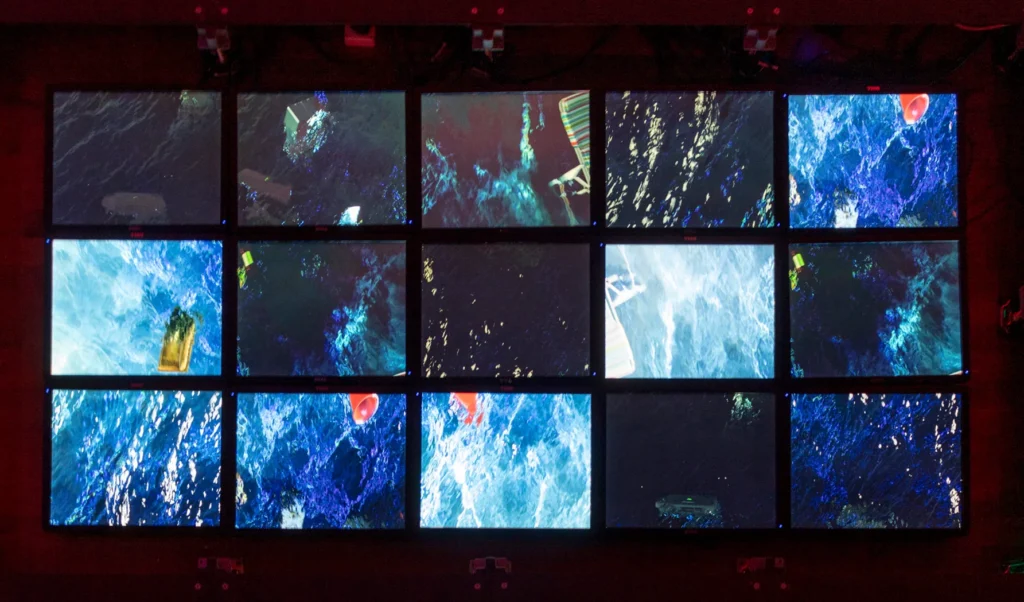
Daniel Shanken will take up the position of UmArts WASP-HS Art and AI Postdoctoral Research Fellow at Umeå School of Architecture (UMA). Daniel recently completed his PhD in Artistic Practice at the University of Kingston, London, and has an MFA in Fine Art from Goldsmiths, University of London. Daniel’s artwork explores the interplays between technology and cognition and their ongoing effects on the environment, consciousness and culture. His internationally exhibited artworks incorporate GAN-generated objects, Machine Learning algorithms, AI chatbots, and generative 3D environments within immersive architectural spaces. Daniel’s PhD included his solo exhibition ‘Cascades’ at the Stanley Picker Gallery which focused on the networks of information that run in the background of our lives, filtered and curated by intelligent algorithms that push bias and dissonance. His research in Umeå will aim to disrupt and reorganise the influence of Artificial Intelligence systems though spatial installations.
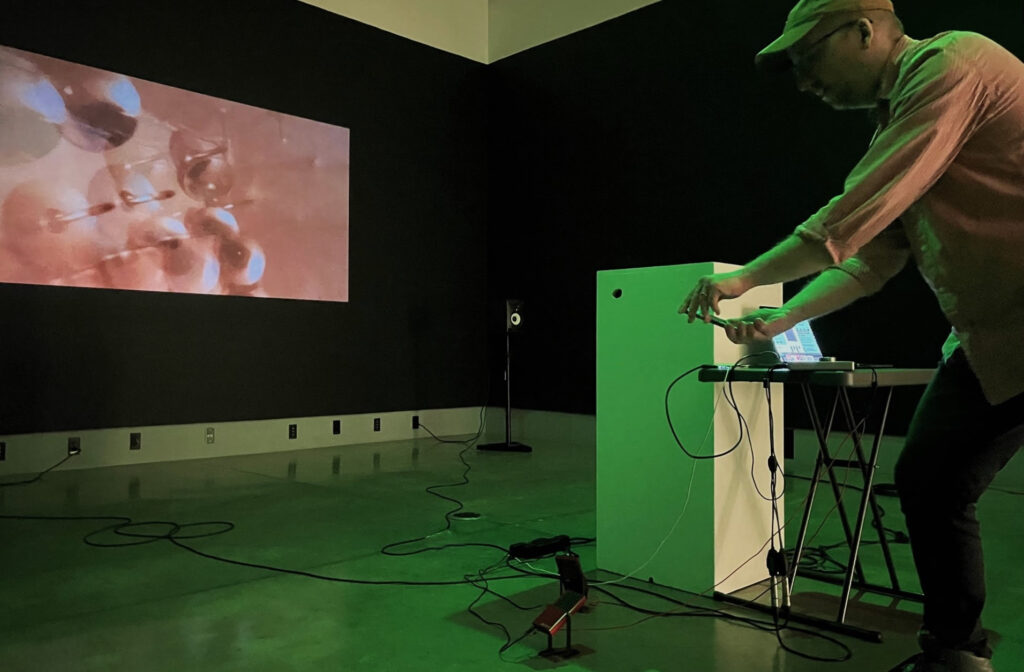
Michael Lukaszuk will take up the position of UmArts Postdoctoral Research Fellow in Media Arts at the Department of Creative Studies and the Department of Informatics. He is an experimental music composer and sound artist with a Doctorate in Musical Arts Composition from the College-Conservatory of Music in Cincinnati, and a PhD in Cultural Studies from Queen’s University, Ontario, Canada. In Umeå he will use research-creation to investigate how digital musical instruments can incorporate generativity (automated creative processes, including the use of AI) to augment their use in education and interdisciplinary settings. This work will build on his recent PhD thesis, which explored how generativityin sound-based artistic practices connects with existing musicological frameworks and relates more broadly to the use of algorithmic media in culture.
2023-2025 Postdocs and Research Fellows
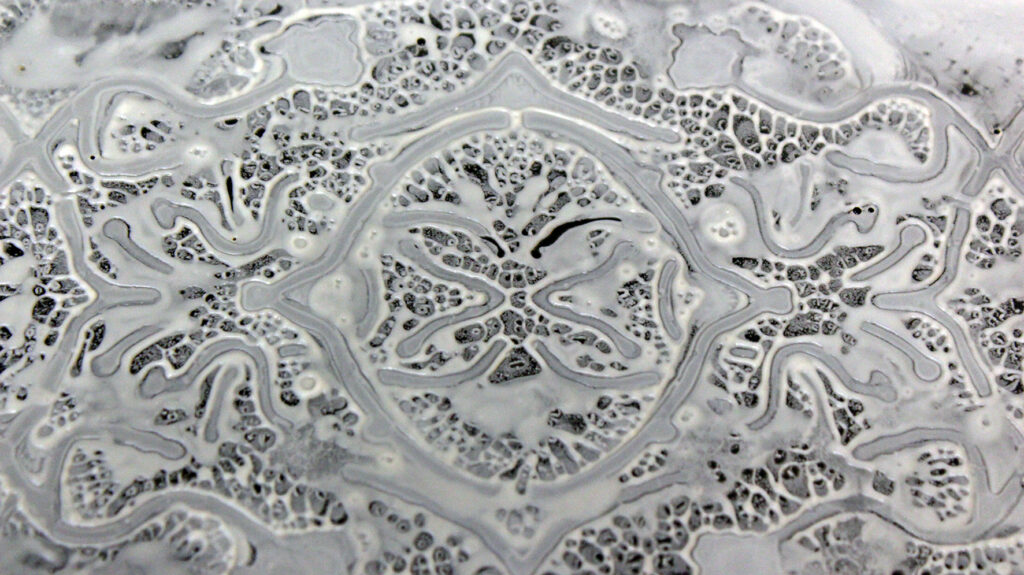
Tarsh Bates joined UmArts in August 2023 as Postdoctoral Researcher in Design and Molecular Biology based at Danielle Wilde’s Sympoesis Lab at Umeå Institute of Design and working in partnership with Teresa Fresan’s Lab in the Department of Molecular Biology. Tarsh completed her Phd at the world renowned SymbioticA Lab at the University of Western Australia, and has worked in partnership with the Seed Box Environmental Humanities hub at Linköping University. She will be developing new artworks based on fermentation and olfactory practices in Umeå.
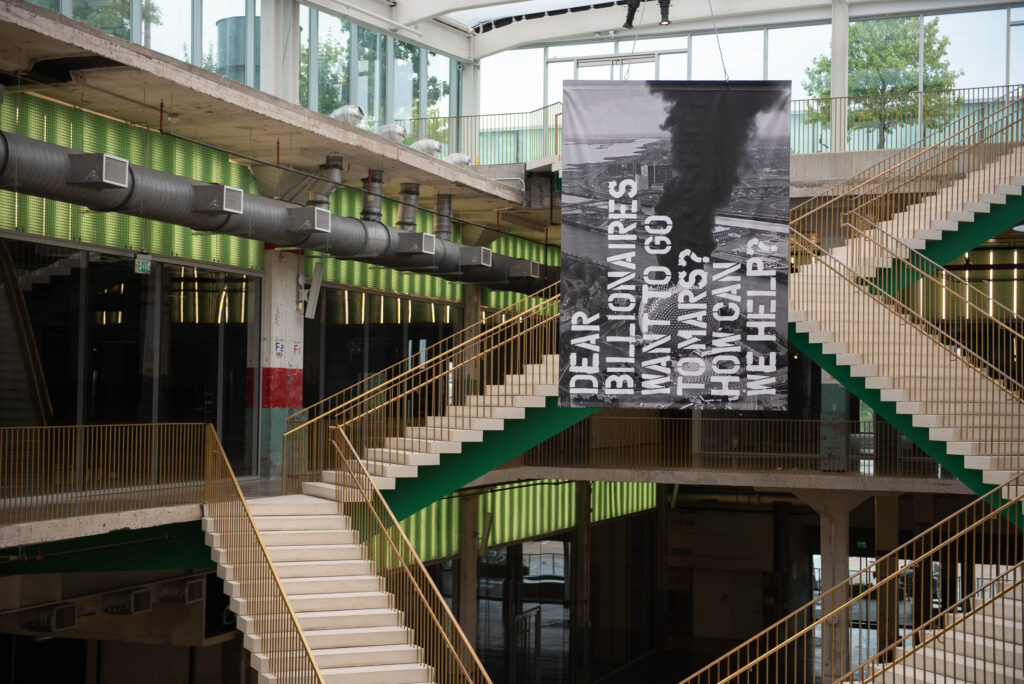
Luis Berríos-Negrón is the UmArts Research Fellow in Architecture and Art, in partnership with Bildmuseet and Umeå School of Architecture (UMA), 2023-2024. Luis’s research and practice unarchives the greenhouse as a support structure to colonial memory. During his fellowship Luis is investigating contrasting perspectives on tree nurseries in Scandinavia and the Caribbean offering a transhemispheric analysis that rethinks reforestation and biodiversity beyond colonial framings. In September 2023 Luis was appointed as Associate Professor in Architecture.
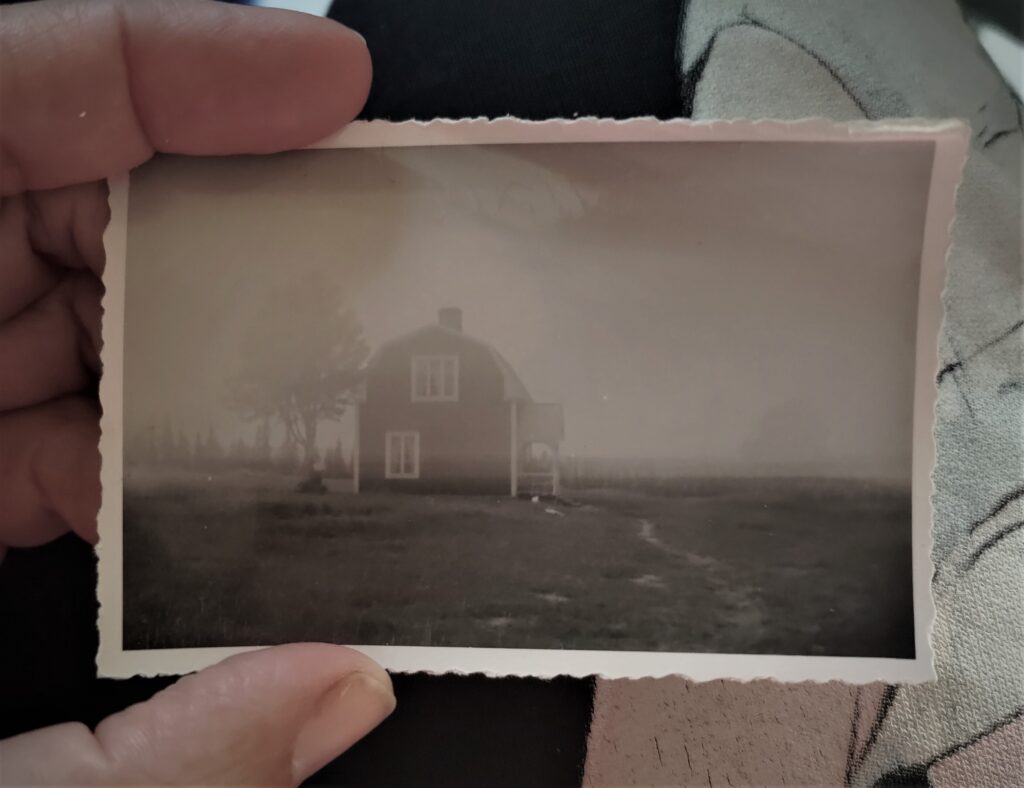
Lisa Nyberg is undertaking her postdoctoral research at the Art Academy at Umeå University, in partnership with UmArts 2023-2024. Lisa will develop her research project ‘To Know and Be Known by (a) Place’ with an emphasis on site-specificity as an artistic research method and artistic practices that consider our relationship to site-place-land. The research will explore the meaning of reciprocity and reconnection in and beyond times of settler colonisation.
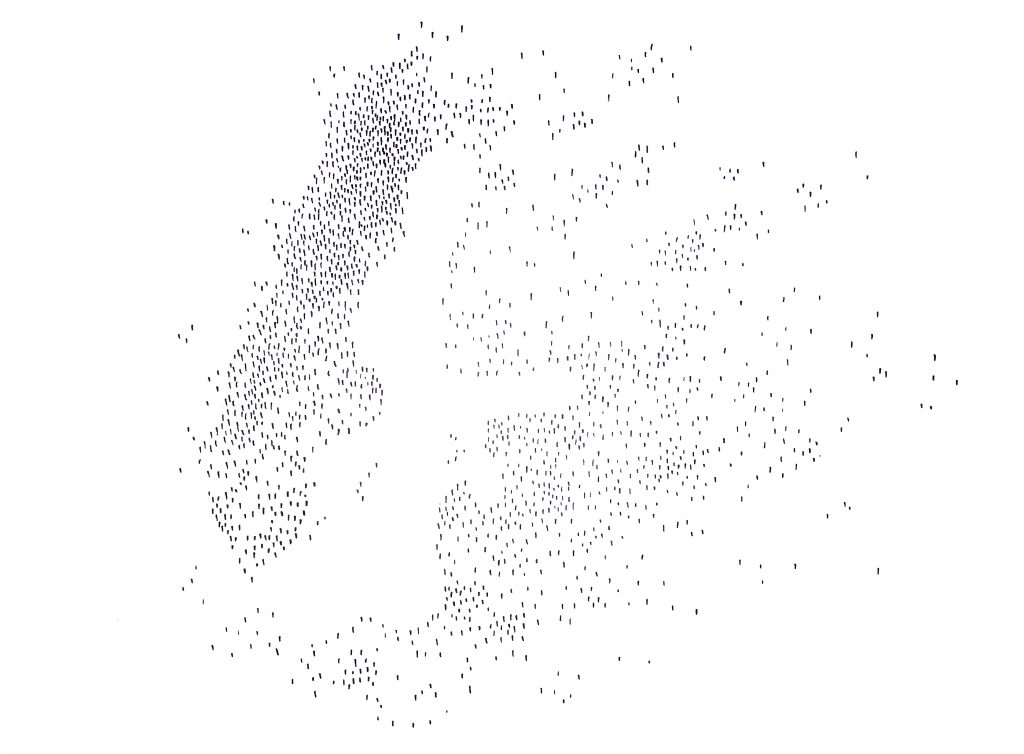
Toms Kokins is an UmArts Architecture Research Fellow supported by a Future Forests grant to develop his practice based research on Sweden’s Timber Empire during 2023. The research started through an UmArts Small Visionary Project and is developing social and creative processes to critically map the extent of the new Swedish timber empire in the Baltic region. See ‘Small Visionary Projects’ for more details.
